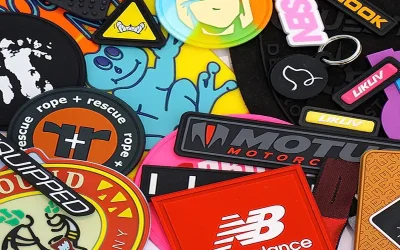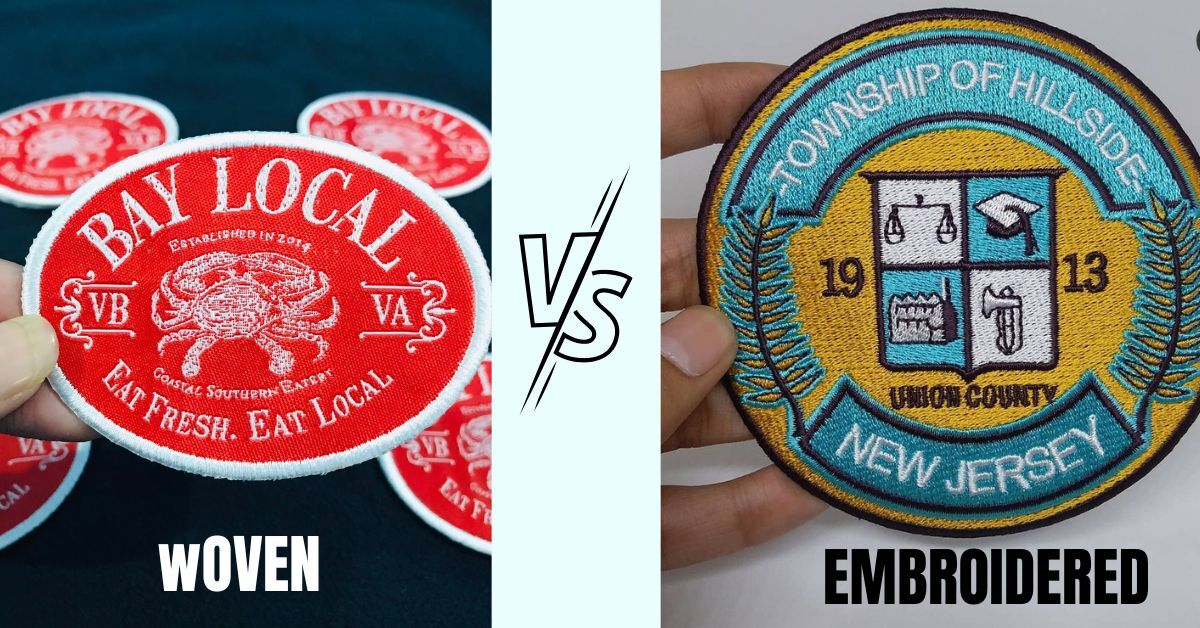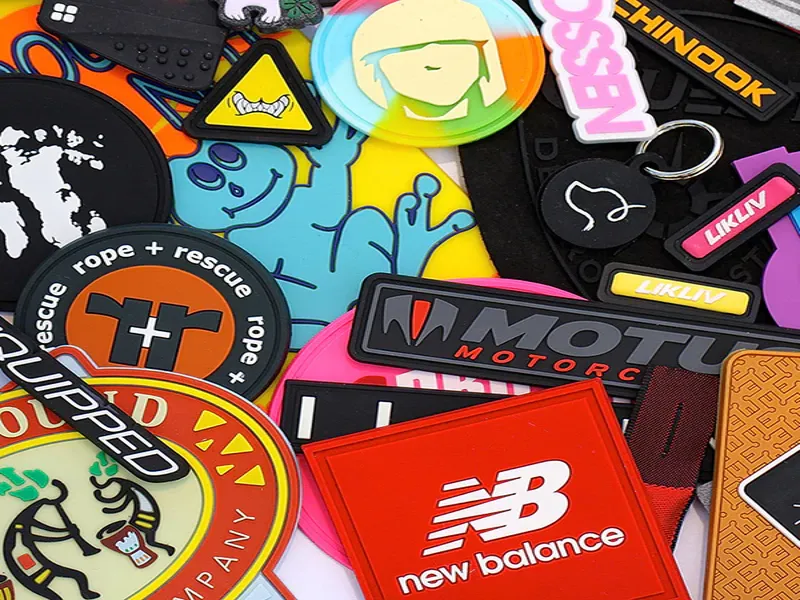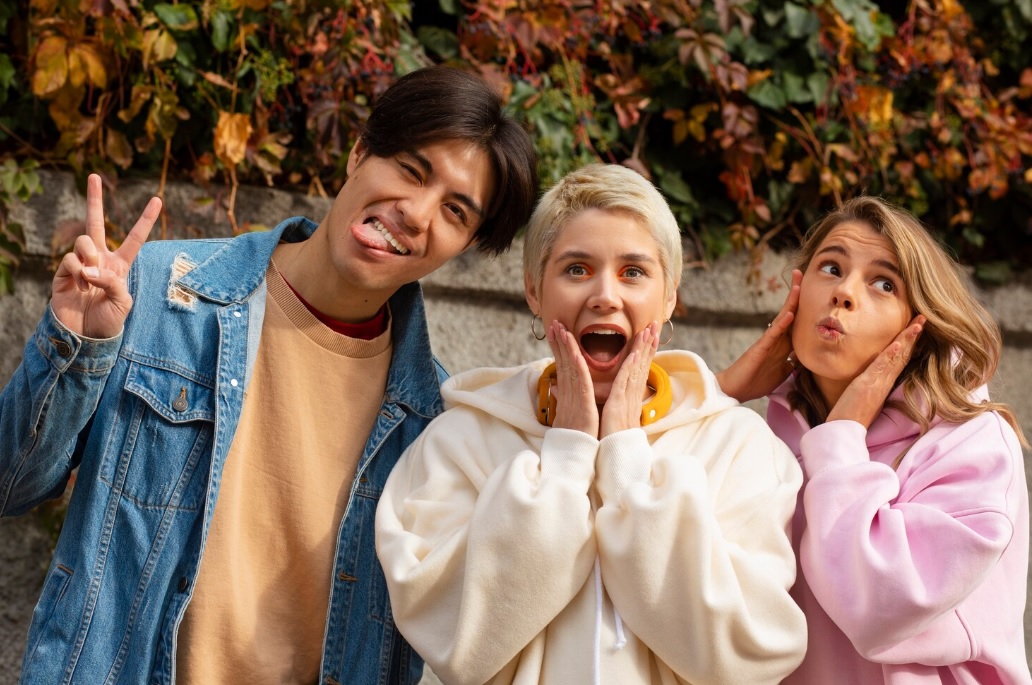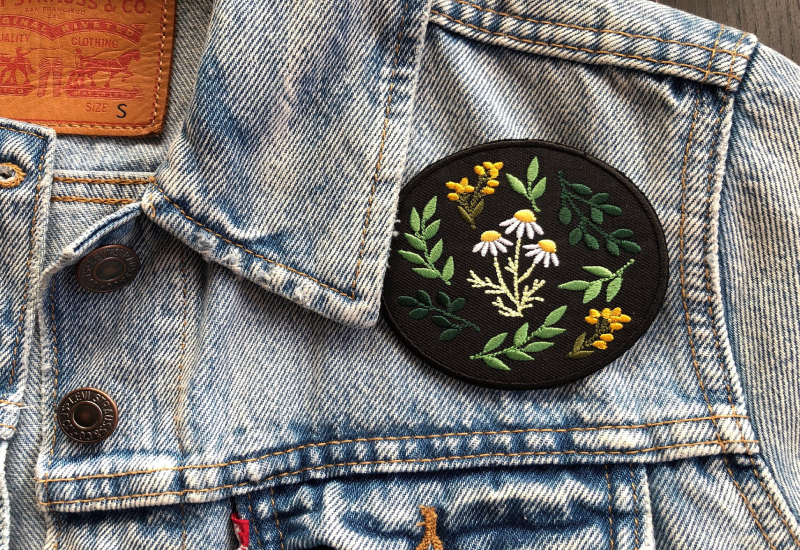Patches are fabric pieces that are tightly knit together to form a design or pattern. They are available in a variety of colour combinations and have multiple uses. Moreover, they can come in handy for adding a touch of flair to your vision board, jacket, sneakers, cap and whatnot. These are truly the showstoppers!
Introduced in the early 30,000 BC by the poor for mending their clothes, these magic bits of fashion made their way to the royal family. It was way before the Industrial Revolution that highly skilled people would spend hours replicating a design for the cloak of Her Highness. Back then, too, the patches were intricate and customizable. With time, they grew in popularity. They took a long way, from the army to punks, protests to concerts, and finally reaching the fashion ramp.
They have come a long way, but nothing about them has changed except that now they have so many types. For example, PVC, Chenille, Woven, Velcro, Leather, Embroidered, Sublimated, and the list keeps going. However, today, we are here to compare two of its types with each other and conclude their differences. Let us see how this goes.
Distinguishing Between Woven Patches And Embroidered Patches
Woven emblems are simply a thinner version of embroidered ones. They do not comprise interlacing threads. Instead, their design is stitched with the help of fine threads that make them appear intricate and detailed. On the other hand, embroidered badges are durable pieces of fabric that have needlework done on them. They can be stuck to your jeans or sewn onto your sports cap very comfortably.
Both custom embroidered patches can be distinguished from each other because of their appearance. For example, embroidery tends to have a texture and 3D look that weaving cannot have. Similarly, the weaving process leaves behind a very clean and fresh look that cross-stitching can never beat. Thus, it would be safe to say that both of them stand in their places with their unique qualities.
Imagine it is your best friend’s birthday, and she is a crazy Justin Bieber fan. You plan to gift her some fashion emblems that will match her vibe. You have plenty of choices in designs, and you have to choose between the types of custom patches. It is a difficult decision, right? Maybe not. We can decide between the two most famous types of brooches – interlaced and cross-stitched. However, the design and colours are for you to decide. Would you prefer Bieber’s face or his name? Alternatively, you might want to get the famous song lyrics on the badge.
So once you have decided that, below is a list of factors that will help you compare the two types of brooches. Go through it carefully, and we hope that by the end of it, you will be confident about your decision. Here you go:
Comparing Cost
A major difference between them is the difference in their cost. Everyone wants to give their loved one something that is the best of the best. Yet every best thing comes with a price tag. However, we have you covered because the woven labels cost you less than needlework badges. The only reason is that colourful threads for embroidery are expensive. They increase the cost of custom embroidered patches, but this is not the case with woven ones. They are bulk-made, that too very quickly and are lighter on the pocket.
Comparing Turn-around Time
Next, we have their turn-around time. It refers to the time from ordering to the point where you receive your parcel. The winner of the time race can only be woven patches. Due to the less complex design and easy weaving process, there could be no other champion. Suppose you plan to get a military patch. Notice how small their size and pattern are. So close together the pictures and text. If you order this sort of design in embroidery, it will be time-consuming.
Comparing Popularity
Motifs are blank canvases, and everybody is creatively free to paint them however they wish. Perhaps that is why humans around the globe love all types of patches. Be it PVC or Chenille, every type is admired, but there are a few that have gained more attention than others have, such as embroidered patches. They have been a people’s favourite over any other type because of their classic look.
Comparing Appearance
Moving on, let us discuss their appearance in detail, turn by turn, so that you get an unblemished picture in mind. Thicker applique work done by either machines or hands gives the same raised texture and is visually appealing. Whereas, custom woven labels are more flat with crispy edges. They are better for small designs that have both pictures and text. Everything appears well arranged because of tightly packed thinner threads.
Comparing Flexibility
Furthermore, the versatility and flexibility of the fashion emblems are praiseworthy. Especially how smoothly they adapt and adjust with the size ratio. There are innumerable ways how one can style them. They fit in anywhere like cats – if I fit, I sit. You name it, and the brooches can make their place there. Headwear? Yes. Footwear? Of course. Old clothes? Without a doubt. They are unstoppable and, indeed, the best fit for a fashion enthusiast’s wardrobe.
Conclusion – Who Is The Best?
The custom-woven and embroidered badges are the shiniest bits of magic. They rule the fashion industry, filling in all the gaps. Their versatile and durable nature is yet another quality that makes them the audience’s darling. There are various ways in which either of them is better, and we do not doubt that.
Yet, we think declaring one of the two choices will be unfair. Both of them stand firm in their eccentricities, and it is not easy to neglect their inimitable potential. Weaving is the best choice for closely packed, complex designs. On the other hand, embroidery is better for textless designs, such as cartoon images, initials, logos and icons.
Therefore, we hope you are now confident about which type of brooch you will be going further with. What are you waiting for then? Hurry up… her birthday is just around the corner.

